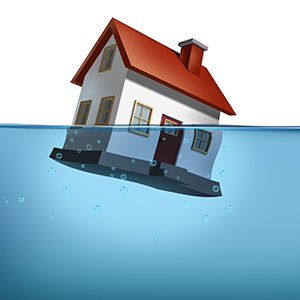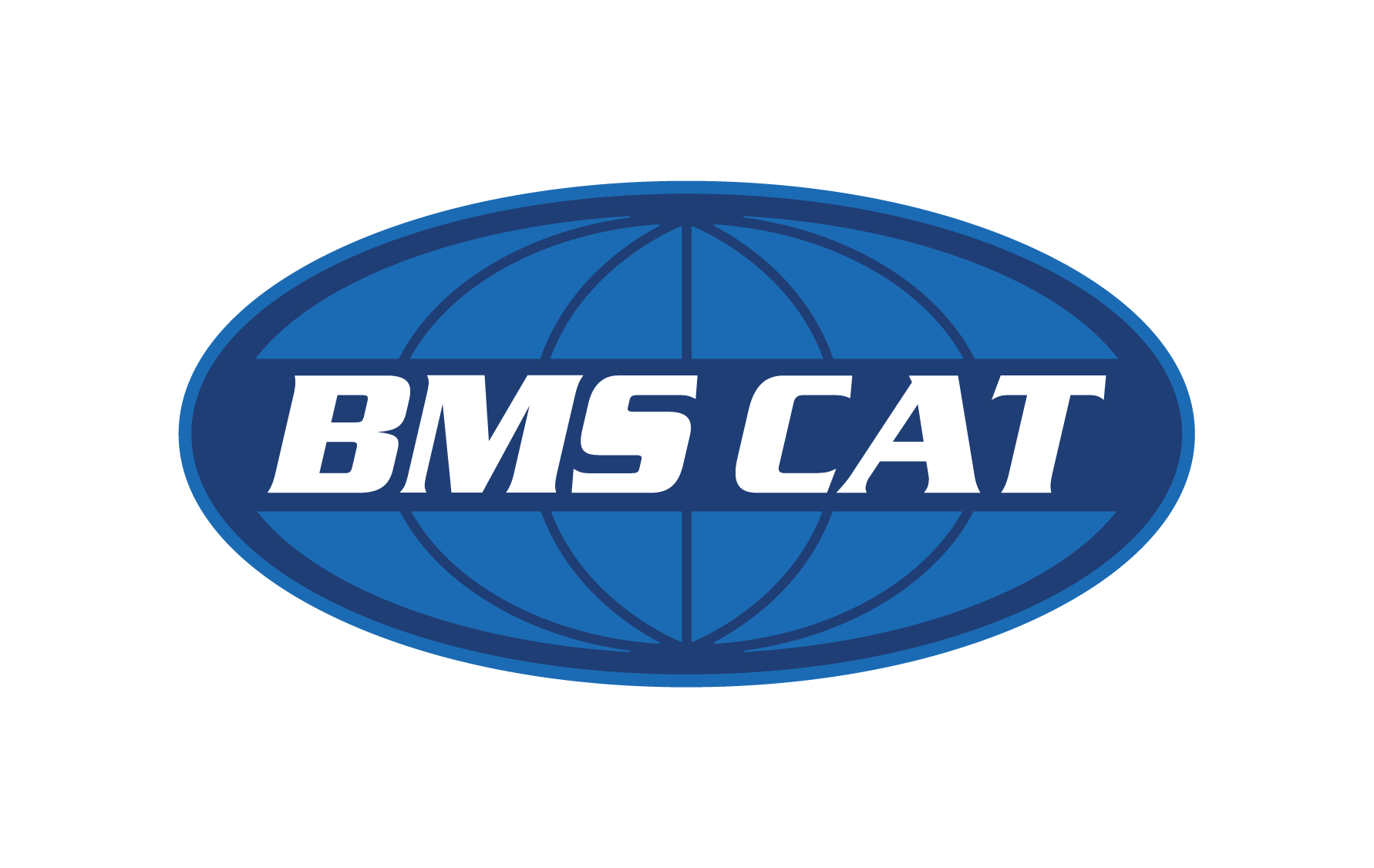What flood insurance does and doesn’t cover
Most homeowners assume that their home insurance plans cover flooding, when in truth they do not. Typically, most standard homeowner’s insurance  plans do not cover flood damage – whether it be caused by extreme weather or other external forces.
plans do not cover flood damage – whether it be caused by extreme weather or other external forces.
Flooding is the most common natural disaster in America, and all areas within the United States are at some risk for flooding. These facts are very frighten for a homeowner, especially when the standard homeowners insurance plan does not cover floods. With that said, there are available plans you can purchase to protect your home. Additional flood coverage can be purchased from private insurance companies, but most Americans purchase them through The National Flood Insurance Program (NFIP). NFIP is a federal program ran by FEMA designed to reduce the impact homeowners face after a flood, and protect them against severe financial loss. If you are purchasing a home that is located in a high risk flood area, your mortgage lender may require you to purchase flood coverage before approving your loan. Below is an overview of what is and isn’t covered by NFIP:
What is covered by The National Flood Insurance?
- Your home and its foundation. Your home and foundation building materials are covered. If you have a detachable garage, that is covered as well.
- Home appliances. Refrigerators, cooking stoves, and built-in appliances (such as dishwashers).
- Essential home systems. Electrical system, plumbing system, central air-conditioning equipment, furnaces and water heaters.
- Carpeting and window treatment. This includes permanently installed carpeting over an unfinished floor and window blinds and/or drapes.
- Debris removal. The cost of labor to remove debris resulting from flood damage.
- Personal content. Clothing, furniture and electronic equipment. This includes portable personal equipment as well such as window air conditioners, microwave ovens, portable dishwasher, clothes washers and dryers, food freezers and the food in them.
- Valuable items. Valuable items include artwork and furs (up to $2,500).
- Structural building attachments. Foundation walls, anchorage systems and staircases attached to the building.
What is not covered?
- Damage caused by lack of maintenance or neglect. Moisture, mildew, or mold damage that could have been avoided by the property owner.
- Certain valuables. Currency, precious metals and valuable papers – such as stock certificates are not covered.
- Property outside of your home. Belongings such as trees, plants, wells, septic systems, walkways, decks, patios, fences, seawalls, hot tubs, storm shelter and swimming pools.
- Living expenses. This includes temporary housing.
- Cars are not covered by NFIP, but may be covered by your auto insurance policy.
How you can protect your home
Floods are extremely destructive, but you can protect you home by purchasing flood insurance. You can purchase flood insurance directly from NFIP, and an agent can go into more depth on policy coverage. Also, you can purchase it from a private insurance company. If you choose to go down the route of private insurance, it is wise to shop around and talk to different agents because flood coverage will vary from one company to the next.
We understand the stress and chaos a family faces after their home has been damaged by a flood, and our priority is to restore your house and turn it back into a home again. Blackmon Mooring & BMS CAT are experts at flood damage mitigation, and with over 75 years of experience…we’ve responded to floods of all sizes – including massive community-wide destruction.
